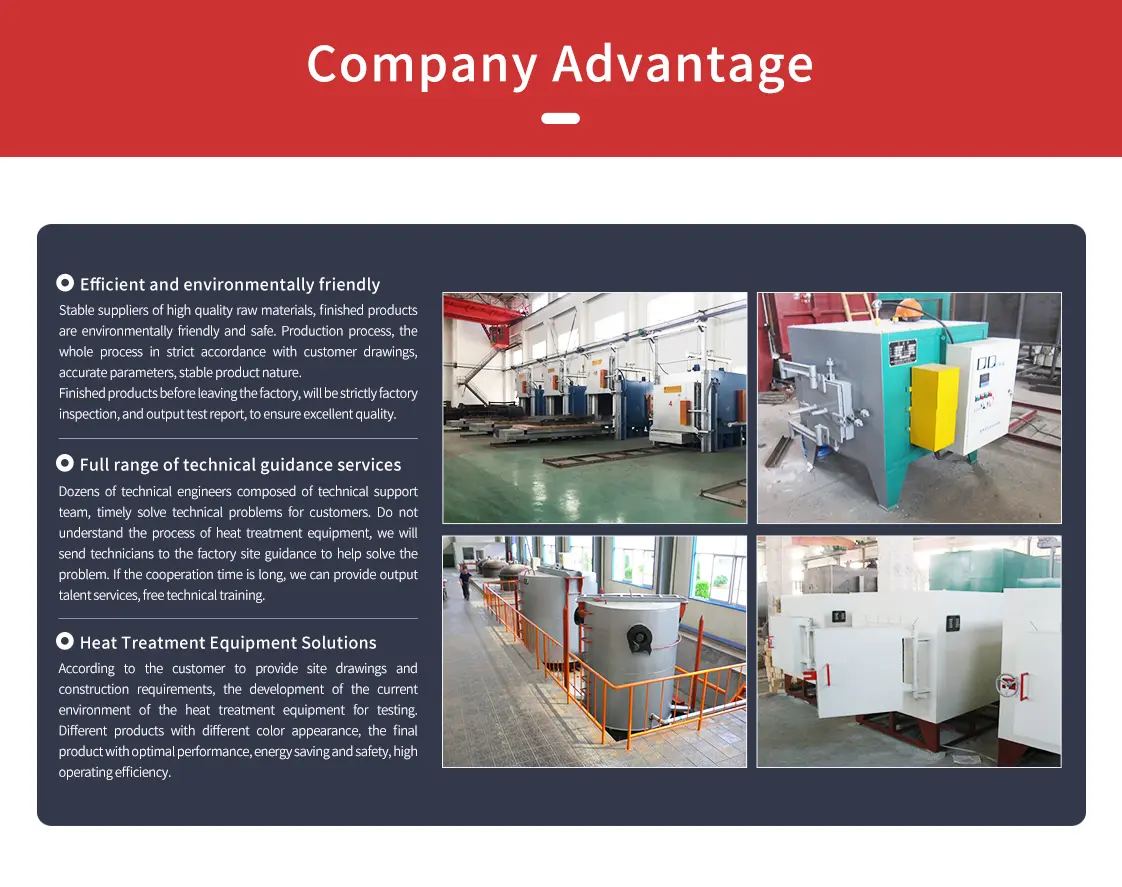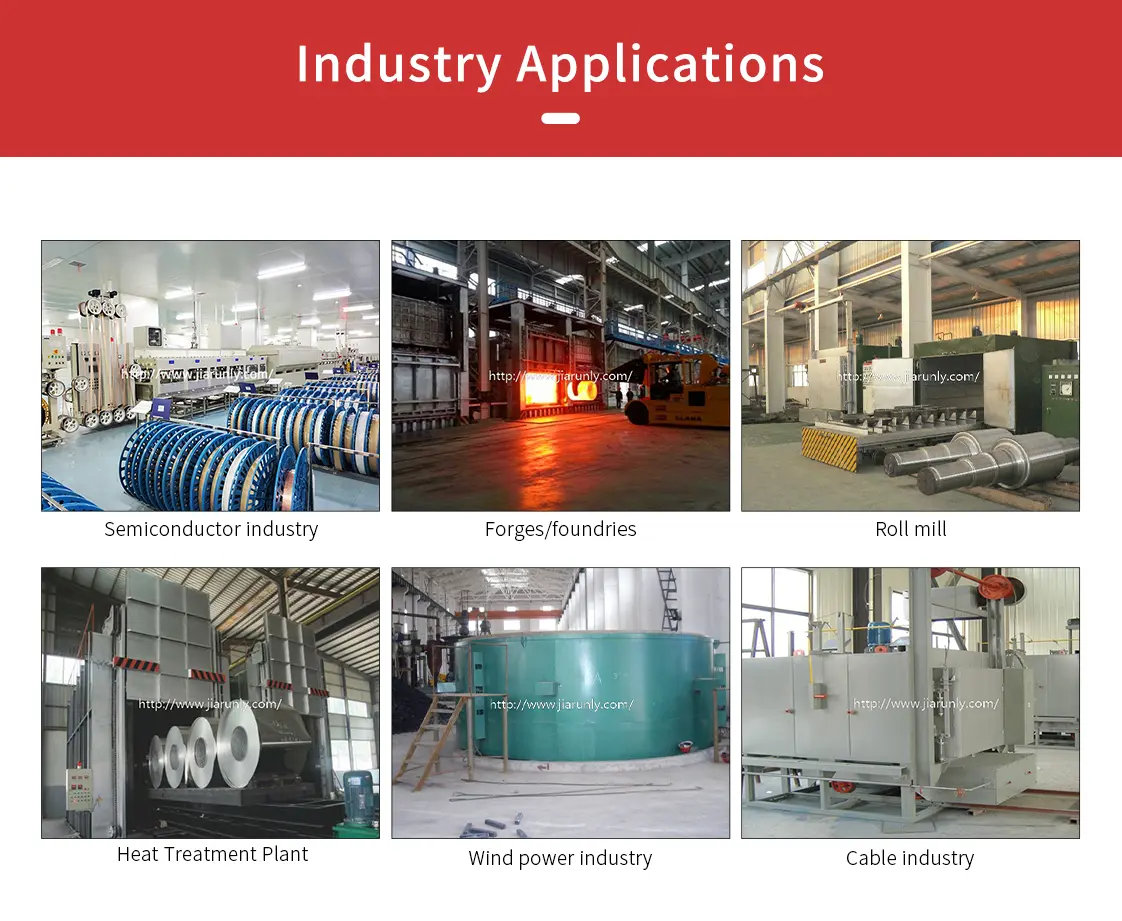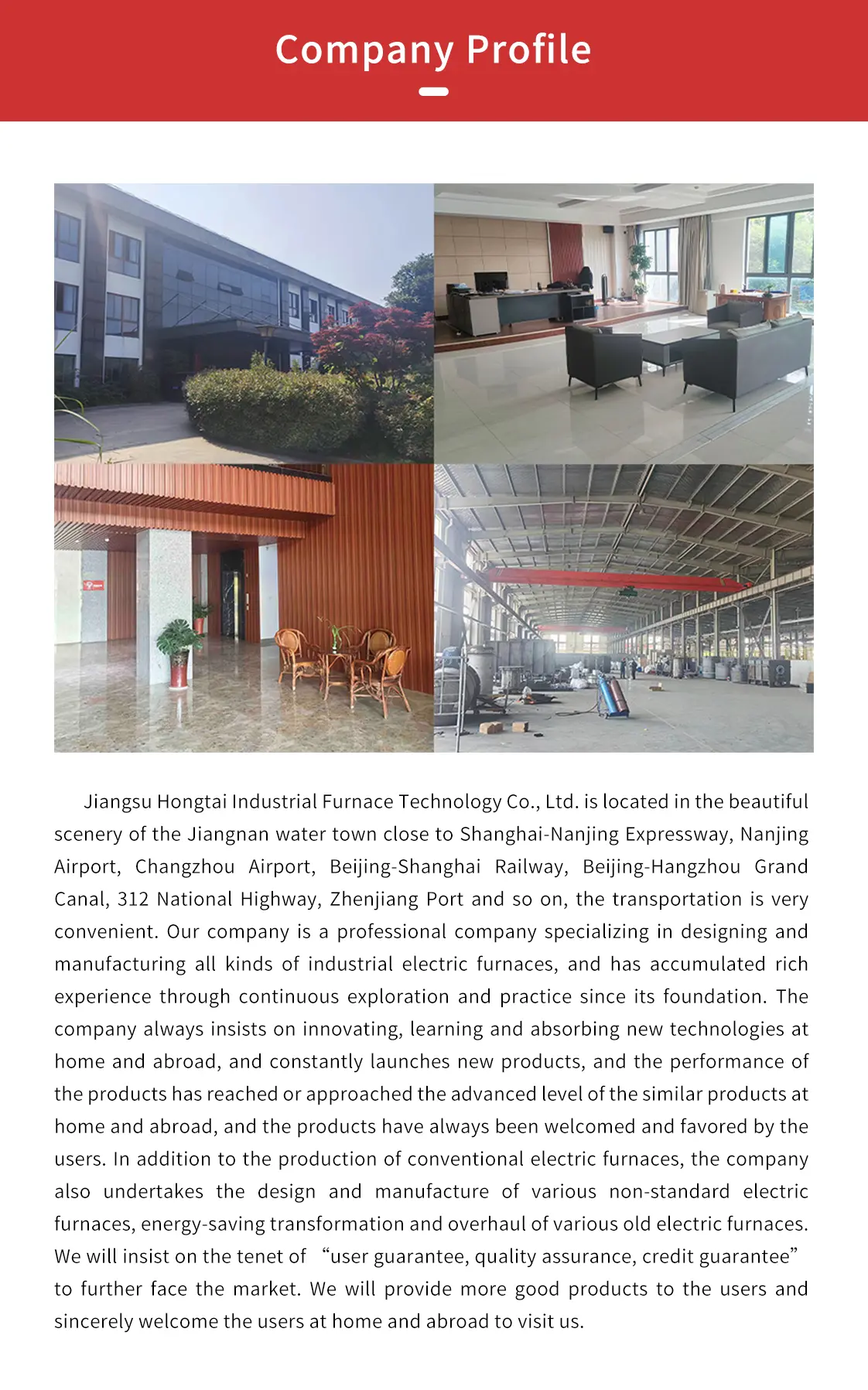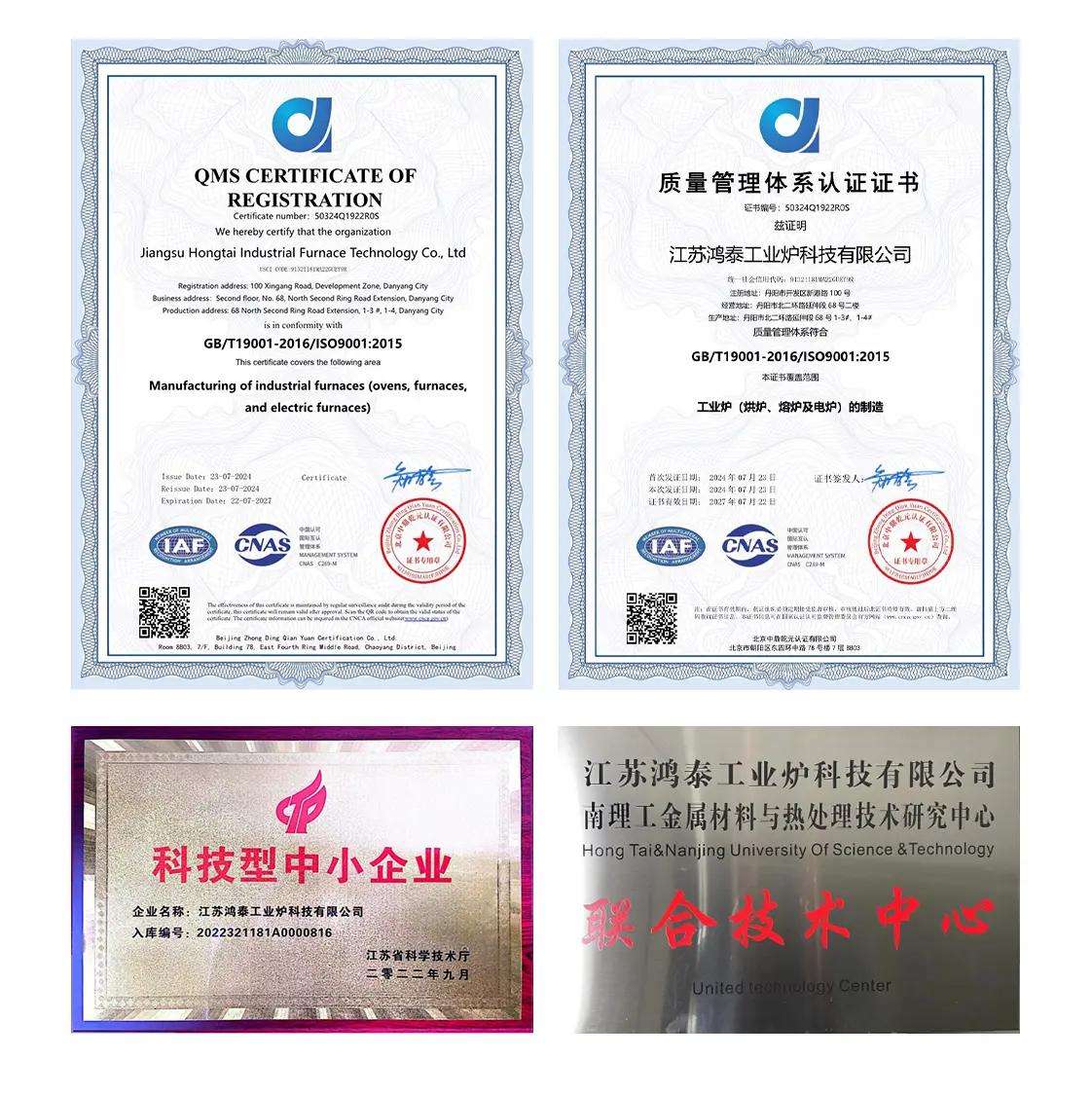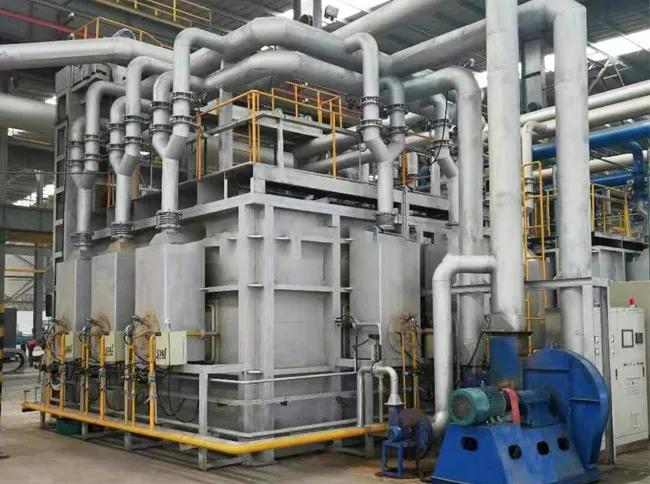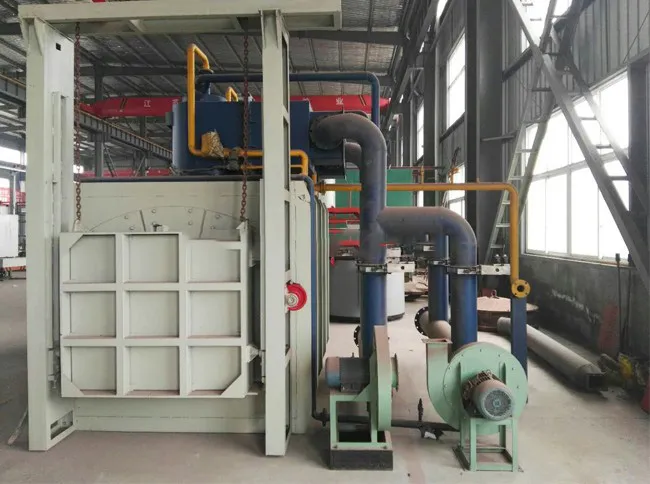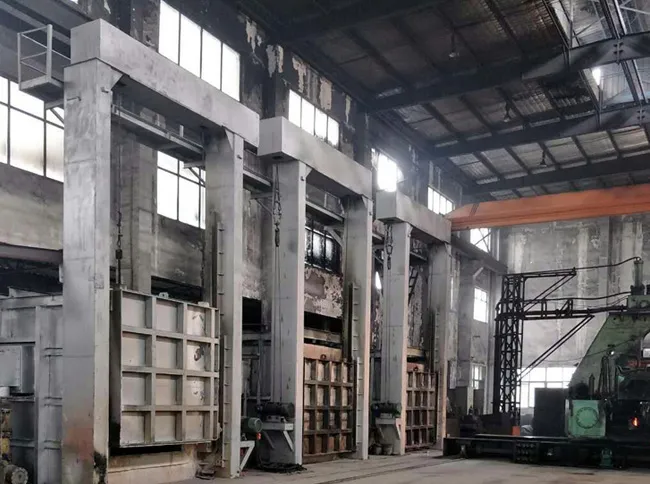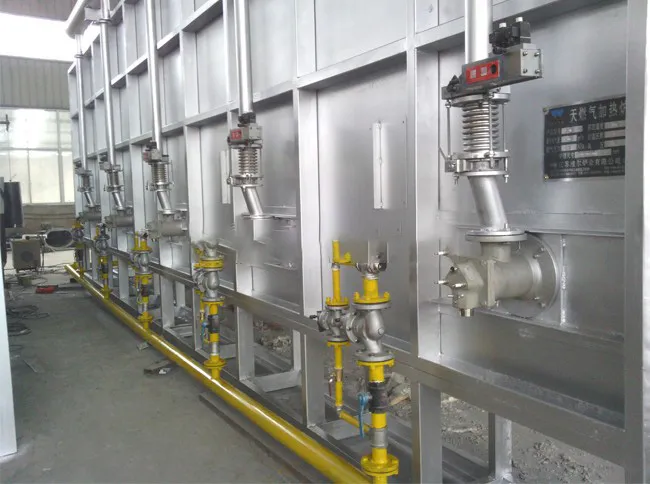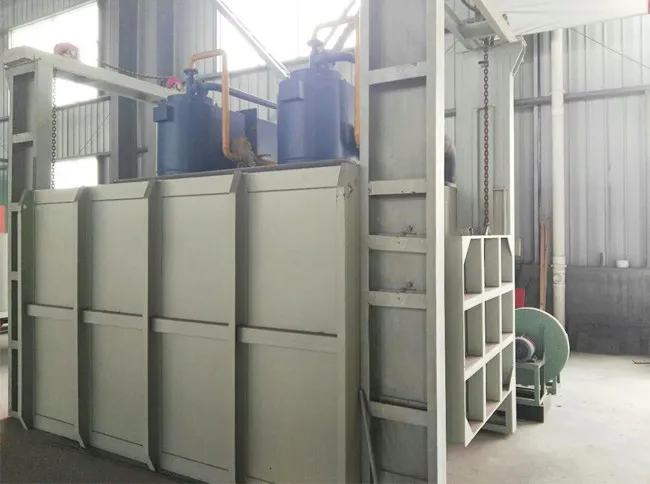- Vacuum furnace & oven
- Annealing Furnace & Oven
- Tempering furnace & oven
-
Carburizing furnace & Ovens
-
Bell Type Furnace
-
Pit Type Furnace & Well Type Furnace
-
Box Furnace & Chamber Furnace
-
Car Bottom Furnace & Bogie Hearth Furnace
-
Nitriding furnace & Ovens
-
Melting furnace & Ovens
- Quenching furnace & Ovens
-
Rapid quenching furnace & Ovens
- Forging furnace & Ovens
- Bright heat treatment furnace & Ovens
Chamber Forging Furnace & Ovens
Heat treatment furnace manufacturer,Jiangsu Hongtai Industrial Furnace Technology Co., Ltd
Box-type forging furnace adopts energy-saving and emission reduction technology ceramic fiber high-pressure modular furnace lining, good heat preservation effect, fast heating speed.
Chamber Forging Furnace & Ovens
High-Efficiency Industrial Forging Solutions for Uniform Billet Heating
Product Introduction
Our Chamber Forging Furnaces & Ovens are robust and high-efficiency industrial heating solutions specifically designed for pre-heating billets, ingots, and other metal workpieces to precise forging temperatures. These furnaces are critical for preparing materials for various metal forming processes, including open-die forging, closed-die forging, and rolling. Engineered for uniform temperature distribution and rapid heating rates, they ensure optimal plasticity and ductility of the material, which is essential for successful and defect-free forging operations. Available in various sizes and configurations, our chamber forging furnaces are widely utilized in heavy machinery manufacturing, automotive, aerospace, and general metalworking industries, providing reliable and energy-efficient heating for demanding production environments.
Core Advantages for Superior Forging Preparation
- Uniform Heating: Advanced heating elements and circulation systems ensure precise and uniform temperature distribution throughout the chamber, preventing hot spots and cold zones.
- Rapid Heating Rates: Designed for quick temperature ramp-up, minimizing cycle times and maximizing throughput for high-volume forging operations.
- Precise Temperature Control: Sophisticated PID control systems maintain tight temperature tolerances, ensuring optimal material plasticity and preventing grain growth or surface defects.
- Energy Efficiency: High-quality insulation materials and optimized burner/heating element configurations reduce heat loss and energy consumption, lowering operational costs.
- Robust Construction: Built with heavy-duty refractory materials and durable steel structures to withstand high temperatures and demanding industrial forging environments.
- Versatile Fuel Options: Available with electric heating, natural gas, LPG, or oil-fired systems to suit various energy sources and operational preferences.
- Automated Control Systems: Integrated PLC control with intuitive HMI, recipe management, and comprehensive data logging for precise process control and traceability.
Technical Specifications
| Parameter | Unit | Range/Value | Notes |
|---|---|---|---|
| Maximum Working Temperature | °C | 900 - 1300 | Customizable based on material and forging requirements |
| Heating Method | - | Electric, Natural Gas, LPG, Oil-fired | Selectable based on energy source availability |
| Rated Power/Fuel Consumption | KW / m³/h | Varies | Optimized for energy efficiency |
| Working Chamber (W×H×L) | mm | Customizable | Available in various sizes for different billet dimensions |
| Temperature Uniformity | °C | ±5 (typical) | Ensures consistent material properties |
| Control Accuracy | °C | ±2 | Advanced PID control |
| Heating Rate | °C/min | 5 - 20 (adjustable) | Rapid heating for high throughput |
| Control System | - | PLC + Touchscreen HMI | Advanced automation and data logging |
| Safety Features | - | Over-temperature protection, Flame monitoring (for gas/oil), Emergency shutdown | Ensures safe operation |
Working Principle
Chamber forging furnaces operate by heating metal billets or ingots to their plastic deformation temperature, typically ranging from 900°C to 1300°C, before they are subjected to forging or rolling processes. The fundamental principle involves transferring heat to the workpiece through radiation from the furnace walls and heating elements/burners, and convection from the hot gases circulating within the chamber. The goal is to achieve a uniform temperature throughout the workpiece, ensuring optimal plasticity and ductility, which are crucial for successful metal forming without cracking or defects.
The furnace chamber is constructed with high-temperature refractory materials and insulation to minimize heat loss and maintain thermal efficiency. Workpieces are loaded into the chamber, either manually or via automated systems. Heating is typically achieved using electric resistance elements or fuel-fired burners (natural gas, LPG, or oil). The burners are strategically placed to ensure even heat distribution, and advanced control systems, often PLC-based with multiple thermocouples, monitor and regulate the temperature precisely. This ensures that the entire workpiece reaches the desired temperature uniformly and is held there for the necessary soaking period.
Once the workpiece reaches the forging temperature, it is quickly transferred from the furnace to the forging press or hammer. The rapid transfer is essential to minimize heat loss and prevent surface oxidation before the forming operation. Some advanced forging furnaces may incorporate features like controlled atmosphere or pre-combustion chambers to further enhance efficiency and reduce scale formation. The entire heating process is designed to be energy-efficient and provide consistent, repeatable results, which are vital for high-quality forged products and optimized production cycles.
Process Flow
Loading Workpieces
Billets or ingots are loaded into the furnace chamber, ensuring proper spacing for uniform heating.
Heating to Forging Temperature
Furnace heats workpieces rapidly and uniformly to the precise forging temperature, monitored by advanced controls.
Soaking Period
Workpieces are held at the forging temperature for a specified duration to ensure full thermal penetration and uniformity.
Rapid Transfer & Forging
Heated workpieces are quickly transferred from the furnace to the forging press or hammer for immediate forming.
Solving Customer Pain Points
Ensuring Uniform Material Plasticity
Our furnaces provide exceptional temperature uniformity, ensuring that the entire workpiece reaches the optimal plasticity for forging, minimizing defects and improving product quality.
Maximizing Production Throughput
Designed for rapid heating rates and efficient batch processing, our furnaces significantly reduce cycle times, leading to higher production volumes and improved operational efficiency.
Reducing Energy Consumption
With advanced insulation and optimized heating systems, our furnaces minimize heat loss and fuel consumption, resulting in substantial energy savings and lower operating costs.
Minimizing Scale Formation and Material Loss
Precise temperature control and rapid transfer capabilities help reduce surface oxidation and scale formation, leading to less material loss and improved surface finish of forged parts.
Extending Die Life
Uniformly heated billets reduce thermal shock and stress on forging dies, contributing to extended die life and reduced maintenance costs.
Ensuring Process Repeatability and Traceability
Automated PLC control systems with data logging capabilities ensure consistent heating cycles and provide comprehensive records for quality control and process traceability.
Customer Success Stories
A major automotive component manufacturer achieved a 15% increase in forging yield and a significant reduction in material waste after upgrading to our chamber forging furnaces, attributing the improvements to superior temperature uniformity and precise control.
Customized Services
We offer comprehensive customization services for our chamber forging furnaces, including tailored chamber dimensions, specific heating methods (electric, gas, oil), and integration with existing production lines. Our engineering team works closely with clients to design solutions that precisely meet their unique material types, billet sizes, and production throughput requirements, ensuring optimal performance and seamless integration into their forging operations.
Related Keywords
chamber forging furnace, industrial forging oven, billet heating furnace, ingot heating furnace, metal forming furnace, high temperature forging, uniform heating furnace, energy efficient forging, custom forging solutions, batch forging furnace, heat treatment for forging, steel forging furnace, aluminum forging furnace
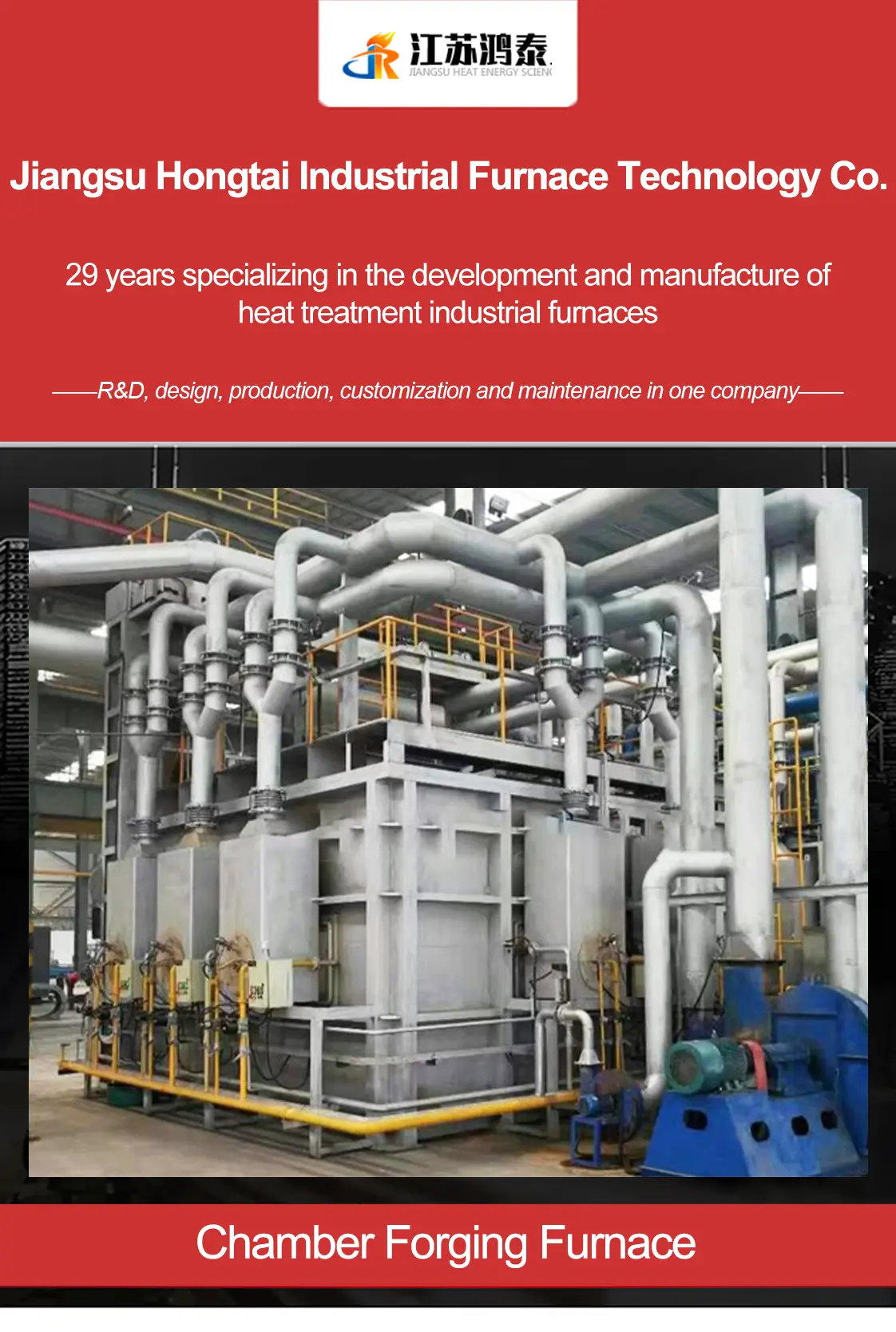
Working Principle
Heat Treatment Process
Industrial Value and Application Products
- Automotive Components: Crankshafts, connecting rods, gears, and axles that require high strength and fatigue resistance.
- Aerospace Parts: Turbine blades, landing gear components, and structural elements where material integrity is critical.
- Heavy Machinery Parts: Large shafts, rollers, and other components for industrial equipment, construction machinery, and mining equipment.
- Tooling: Dies, molds, and other tools that need to withstand extreme pressures and temperatures.
Features: energy-saving and emission reduction technology ceramic fiber high-pressure module furnace lining, good heat preservation effect, fast warming speed. Silicon-carbon rod heating element, dedicated to forging heating, no exhaust emissions, instead of coal-fired forging furnace.
Structure: ceramic fiber silicon carbon rod box forging furnace structure, furnace shell by the steel and steel plate welded into a fixed structure, the user does not need to install the foundation, placed on the cement floor can be used.
Furnace lining with my company's energy-saving technology ceramic fiber high-pressure module, made of ceramic fiber high-pressure press special method of high-pressure modules assembled to form a whole fiber high-density energy-saving furnace lining structure (fiber lining production compression ratio of 255-65%). The use of ceramic fiber needle-punched blanket as raw material, the use of special high-pressure equipment made of compression, and in the process of high-pressure press will be high-density compression of ceramic fibers, to achieve the effect of perfect heat storage. The structure of the furnace wall is durable, energy-saving effect, light weight, compared with other products, the advantages of low thermal conductivity, low heat capacity, excellent corrosion resistance, excellent thermal stability and thermal shock resistance, adiabatic, and the anchors are set in the low-temperature surface of the furnace body to improve the high-temperature strength of the fiber.
Furnace door adopts upper and lower double door structure, the upper door is used for charging, and the lower door is lifted up and down, which is convenient for high-temperature charging, because only the lower part of the door is opened, the upper part of the door is closed, the heat loss of the furnace chamber is small, and it is not easy to cool down when charging.
The heating element adopts silicon carbon rods, which are arranged on both sides of the wall and heated by strong radiation from the silicon carbon rods.
